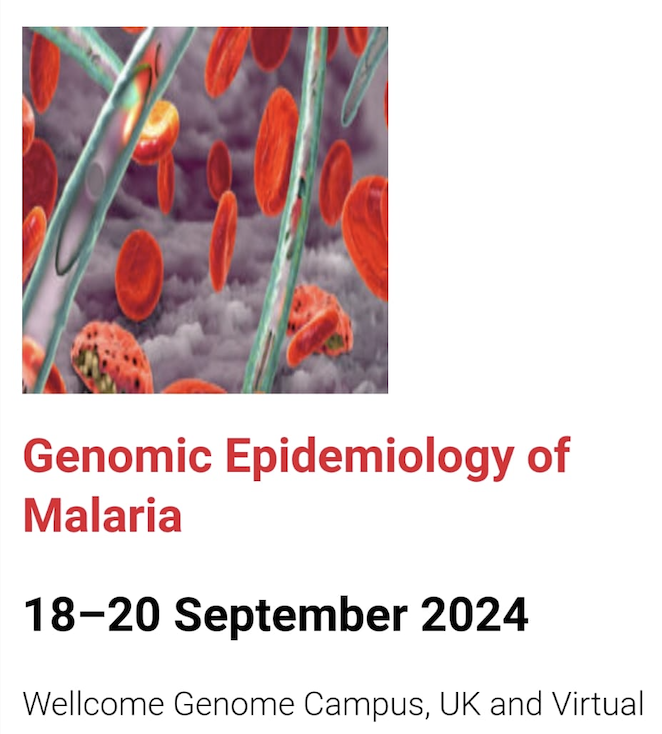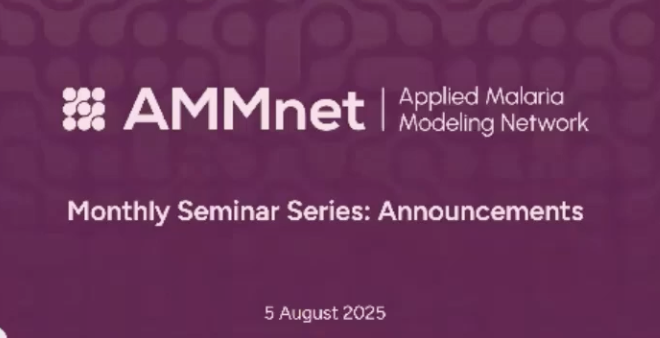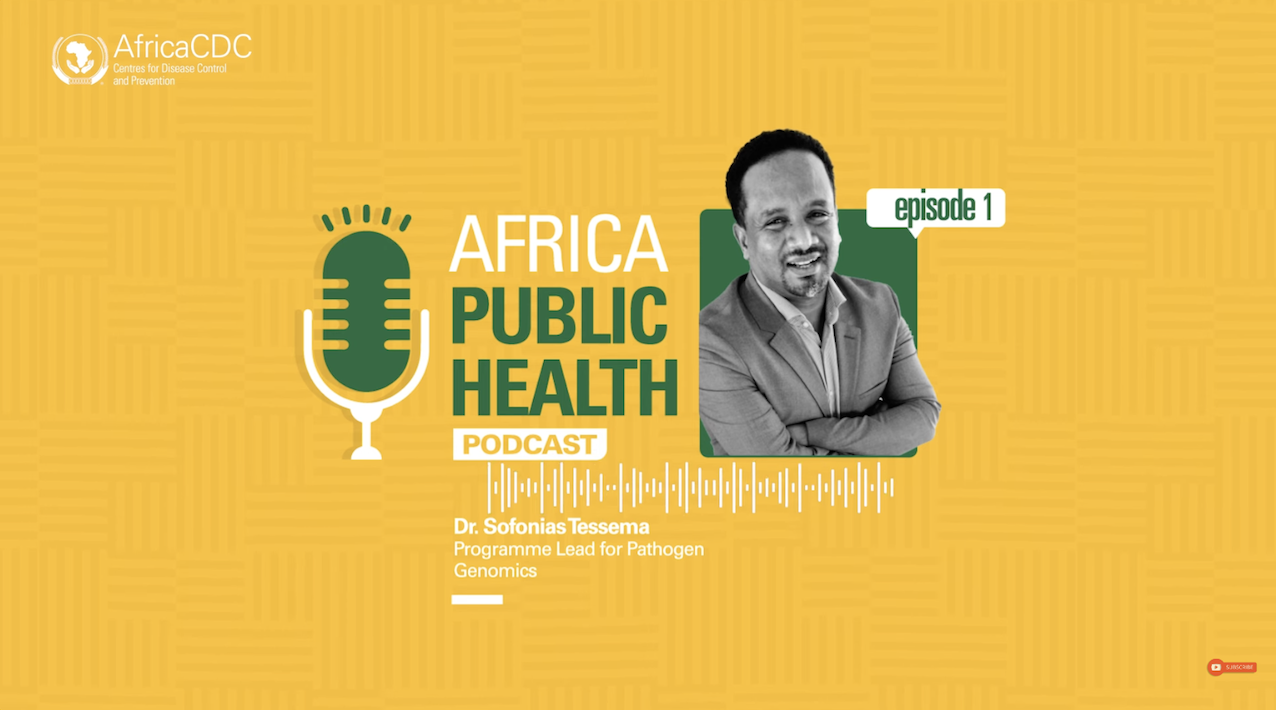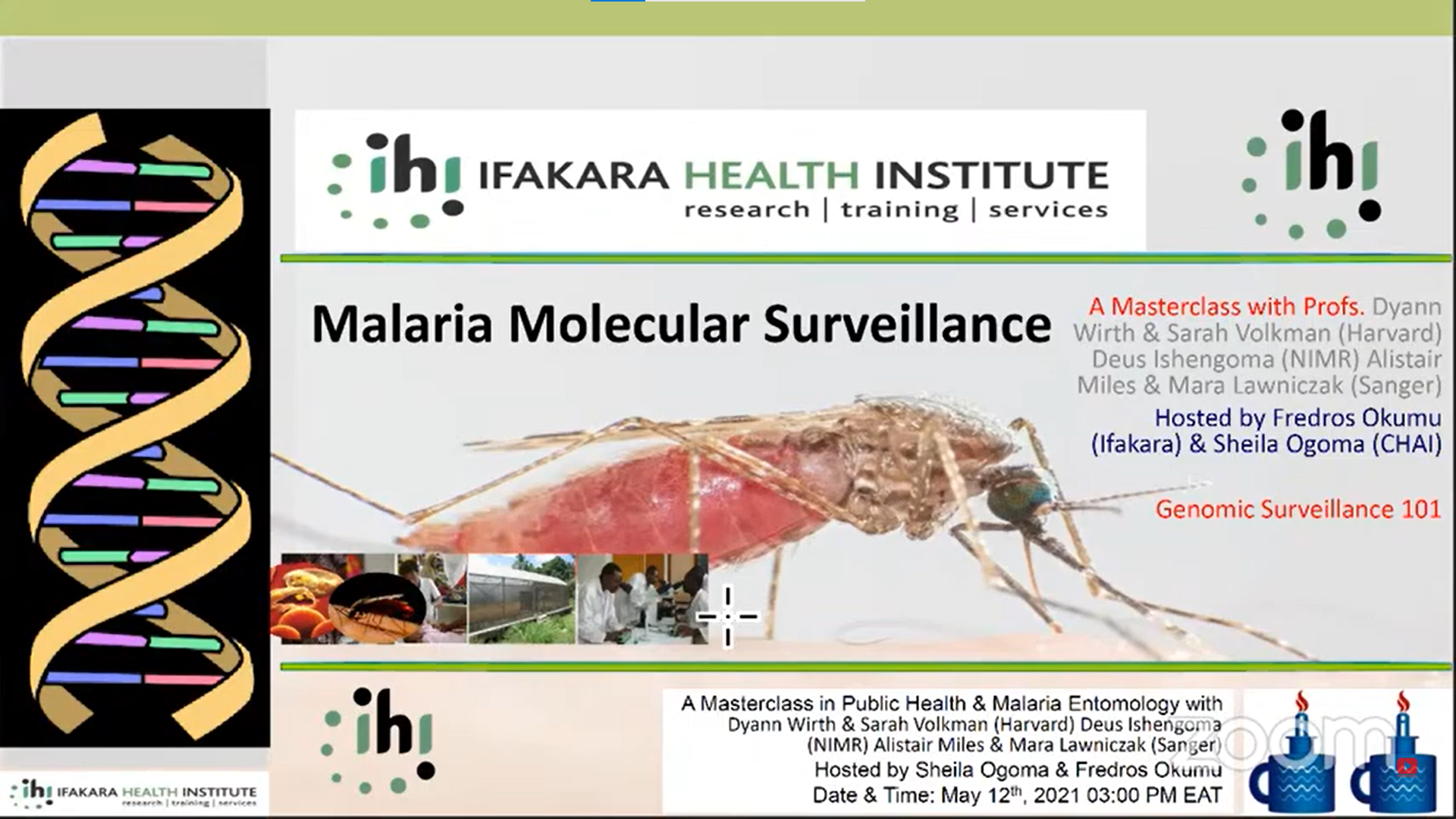9th Genomic Epidemiology of Malaria (GEM) Conference – 2024: Day 1
Wednesday, 18th September 2024
Published: 19/09/2024
This report is brought to you by the MESA Correspondents Ambadiang Mae Marilene M., Emma Collins, Deborah Neumbe, Duru Vincent Chiagozie, Leen Vanheer, and Nkemngo Francis Nongley. Senior editorial support has been facilitated by Andrew Balmer, Chiyun Lee, Jacob Tennessen and Patricia Doumbe Belisse
THEMES: THEMES: Basic Science | Epidemiology | Health Systems
MESA Correspondents bring you cutting-edge coverage from the GEM 2024 Conference “A forum for understanding the clinical and biological consequences of genome variation in malaria parasites, their vectors and human hosts”.
Welcome Remarks
The 9th Genomic Epidemiology of Malaria (GEM) conference took place at the Sanger Institute in Cambridge between September 18th – 20th, 2024. This was GEM’s first hybrid conference, bringing together 570 participants from 63 countries, with 177 attending in person. The conference portal was highlighted for its collaborative features, such as the discussion forum, and attendees were encouraged to use the hashtag #GEM24 on social media. The conference began with remarks from members of the Scientific Programme Committee. Daniel Neafsey emphasized the travel bursary programme and its importance to make attendance as diverse as possible. Mara Lawniczak delivered a heartfelt tribute to Professor Dominic Kwiatkowski†and emphasized his commitment to open data, mentorship and friendship, while warmly welcoming newcomers to the GEM community. Sarah Auburn introduced discussion prompts for the final day: What is your vision for the field of malaria genomic epidemiology in 2034? How can we improve translation of genetic data to inform treatment policy? How do we see the field moving forward as genomic data production becomes more decentralized? Finally Victoria Simpson outlined the various opportunities over the conference, including speed networking and a quiz.
Session 1: Spatiotemporal genomic epidemiology of parasites and vectors
Anastasia Hernandez-Koutoucheva (Wellcome Sanger Institute, United Kingdom) presented the Malaria Genome Vector Observatory (VObs), which is an innovative resource that integrates genetic variation and builds on the Ag1000G project. VObs aims to add genetic variation data from the Anopheles species, particularly the Anopheles arabiensis and Anopheles funestus subgroups, while also strengthening bioinformatics and data analysis capacity for vector genomics in Africa. She emphasized the importance of timely data access and quick turnaround to influence public health decisions, to maintain a ready-to-use resource for immediate public health applications. At present, there are over 25,000 genomes from 30 countries, derived from 67 partner studies, each addressing different primary questions. In addition, the last few years have seen a substantial increase in the number of genomes that have been added to the resource. Hernandez-Koutoucheva highlighted partnerships and studies that have contributed data to and utilized data from the Observatory, some of which have been able to identify new resistance mechanisms through genome-wide selection scans, providing key insights into population biology and resistance mechanisms as part of this collaborative effort. Additionally, analytical software and data analysis training courses are being provided to enhance knowledge sharing, training, and community engagement. Lastly, Hernandez-Koutoucheva shares their vision to accelerate the generation, utilization, and sharing of genomic insights to detect and characterize emerging evolutionary threats to malaria vector control in Africa by integrating analysis-ready data for both existing and new Anopheles taxa, maintaining and expanding analytical tools, sustaining data analysis and bioinformatics training initiatives.
Alyssa Barry (Deakin University, Australia) focused on using parasite population genetic data to monitor transmission dynamics and draw insights from two decades of malaria surveillance on the island and mainland of Papua New Guinea (PNG). PNG is hyperendemic, with variable malaria transmission throughout the country. All five human Plasmodium species circulate with P. falciparum and P. vivax being the most dominant. Two cross-sectional and cohort studies were conducted in East Sepik and Madang Province over two decades, both before and after the implementation of control measures. All surveys tracked parasite prevalence, which decreased following the introduction of long-lasting insecticide nets (LLINs) in both locations. However, there was a rebound in prevalence in 2016 due to expanding residual lineages including increasing prevalence of K13 C580Y mutants, which later got established in the populations after 2019. The results of her studies also showed a subtle change in the population diversity, with an increase in the proportion of high identical by descent (IBD) pairs over time. Exploring the various factors that could contribute to the rebound, Barry and her team explored the role of expansion of residual strains, parasite adaptation (e.g., drug resistance), migration, and the effects of combinations of these factors. For this, they developed tools for monitoring population genetics indicators of malaria transmission dynamics, such as the use of 10 new microsatellites, VARcodes, Single Nucleotide Polymorphism (SNP) barcodes, and Whole Genome Sequencing (WGS).
Alfred Amambua Ngwa (MRC Unit The Gambia at London School of Hygiene and Tropical Medicine, The Gambia) focused his talk on malaria in West Africa. He highlighted that the far western region of Africa, near The Gambia and Senegal has relatively low malaria prevalence compared to most of West Africa, which includes Nigeria which has one of the largest Plasmodium parasite populations. To implement genomic surveillance of malaria in West Africa their project had three main aims: building infrastructure, expanding capacity and working with national malaria control programmes (NMCPs). Their project was launched in 2018 with the second phase commencing in 2022. Surveillance hubs were established in The Gambia and Ghana, processing samples from other West African sites. The scale-up between phases led to an increase from 1500 to over 12,000 samples processed, with over 10,000 from the Gambia and nearly 8,000 from Ghana. The project provided in-house amplicon sequencing training building local data processing capacity, and collaborated with MalariaGEN to share genomic data. Key findings included persistent chloroquine resistance across The Gambia, signified by a high prevalence of Pfcrt mutation, and the presence of the K67T Pfcrt mutation across Ghana. Data indicated mini-epidemics of resistant infections. Additional drug resistance markers were identified, including dhfr mutations (codons 51, 59, 108) and the emergence of K540E, 581 and 613 mutations in Pfdhps. Ngwa also emphasized the importance of vector surveillance, highlighting ongoing work on insecticide resistance marker discovery. Next steps include expanding genomic surveillance capacity, establishing regional sequencing hubs, and integrating genomic data into NMCP practices.
Sarah Volkman (Harvard T.H. Chan School of Public Health, United States) presented the strategic use of molecular data for malaria surveillance and decision-making in Senegal. Despite Senegal’s progress in reducing malaria cases, challenges remain. The country’s National Malaria Control Program (NMCP) focuses on threat mapping, transmission dynamics, and improving the impact of interventions. Volkman’s group uses pathogen genomics to support public health decisions, focusing on threat detection, transmission surveillance, and decision-making models. They examine the impact of changing antimalarial drug use, particularly Artemisinin Combination Therapies (ACTs) and artesunate monotherapy, on resistance patterns. Seasonal malaria chemoprevention (SMC) has expanded geographically, with some regions transitioning to multidrug administration (MDA). Volkman’s team has tracked resistance markers, noting a selection sweep for Pfcrt K76T after SMC was introduced in 2014, but no markers for artemisinin resistance were detected. They also studied natural isolates, identifying a highly fit parasite with double mutations (S436A and A437G in Pfdhps) but no triple mutations in Pfdhfr. This parasite demonstrated increased resistance to sulfadoxine-pyrimethamine (SP), contributing to a competitive fitness advantage. Transmission surveillance revealed related parasites across Senegal, with distinct patterns of parasite relatedness. However, Senegal faces “data strikes”, whereby only 25% of data required for incidence estimation is available. A regression model was created to translate complex metrics from the genetic data into incidence. The model showed that genetic metrics generally correlated with reported incidence, except in particular settings where incidence fell below 10%. To support decision-making, the team developed dashboards to visualize genomic surveillance data, integrating epidemiological, entomological, and genetic information for NMCP operational needs.
Session 2: Drug, diagnostics and insecticide resistance
Abebe Fola (Brown University, United States) talked about the implications of using large-scale genomic surveillance in understanding drug and diagnostic resistance in malaria parasites, particularly Plasmodium falciparum for malaria control and elimination in Africa. This approach, as highlighted by Fola, helps identify genetic mutations linked to resistance, such as those in genes like pfcrt, pfmdr1, and kelch13, allowing researchers to monitor antimalarial efficacy and guide new treatment strategies. This study was conducted across several countries including Ethiopia, Tanzania, Rwanda, the DRC, and Zambia. He highlighted that despite the significant progress made in the elimination of malaria, increasing drug and diagnostic resistance remains a major challenge. With special emphasis on the geographic spread of the K13 622l mutation and its co-occurrence with hrp2/3 deletions, and the independent emergence of the K13 C580Y mutation in Ethiopia revealed by genomic surveillance of malaria parasites revealed other rare emerging mutations, including P441L, P574L and A675V. Additionally, 8 other non-synonymous mutations were identified, further illustrating the complexity of resistance patterns.
Martin Donnelly (Liverpool School of Tropical Medicine, United Kingdom) presented research investigating the impacts of malaria control on insecticide resistance evolution. Although observational studies have suggested that the introduction of new insecticides, such as Clothianidin, led to emergence of resistance, his goal was to improve understanding and quantify this impact. A five-country trial was conducted, testing over 50,000 children for malaria, along with cluster-specific levels of insecticide resistance, with the aim of correlating malaria prevalence with bioassay mortality rates. No correlation was found between malaria prevalence and insecticide resistance. To explore this further, he integrated genomic screening for insecticide resistance into vector control trials. The CRTs-LLINEUP trial was a two-arm cluster-randomized trial, comparing piperonyl butoxide long-lasting insecticidal nets (PBO-LLINs) with non-PBO-LLINs. The primary outcome measured was malaria prevalence, while the secondary outcome was mosquito population size. After 25 months, malaria prevalence was 20% lower in PBO communities compared to non-PBO communities, although the effect was diminishing over time. The trial also impacted mosquito populations, with 73% fewer mosquitoes in PBO communities. The effect on insecticide resistance markers were mixed, with some markers increasing in frequency while others decreased.
Monica Mbabazi (Infectious Disease Research Collaboration, Uganda) presented research on the genetic diversity and resistance profiles of P. falciparum in Southwestern Uganda, a region with lower malaria transmission. The study aimed to understand the factors sustaining malaria in low transmission settings to inform effective control strategies, incorporating both epidemiological data, like travel history, and parasite genomics. Focusing on Muko and Maziba (low transmission) and Kamwezi (moderate transmission), they sequenced samples from confirmed malaria cases in 2023 using highly multiplexed amplicon sequencing. Analytical tools were used to assess the complexity of infection (COI) and identity by descent (IBD), with a transmission network analysis linking genomic and epidemiological data. Results indicated that malaria cases in low transmission sites were typically older and more likely to originate in male individuals, often reporting recent travel, suggesting imported cases as a major factor. Interestingly, higher COI was observed in low transmission areas, highlighting the impact of imported malaria. Three Kelch13 mutations (A675V, P441L, and C469F) associated with artemisinin resistance were identified in all three sites, while the highest prevalence of R561H and P441L was found in Kamwezi. Mbazazi highlighted that the P441L mutation was associated with the largest cluster in Kamwezi. In conclusion, malaria control interventions at these sites may require different approaches
Ethan Booth (Mahidol Oxford Tropical Medicine Research Unit, Thailand) shared insights from his team’s work as part of the Genetic Reconnaissance of Malaria in the Greater Mekong Subregion (GenRe-Mekong Project), showcasing how policy changes in antimalarial drug use led to a drastic change in the spread of drug-resistance parasite population in the region. They observed that with a switch in frontline therapy away from dihydroartemisinin-piperaquine (DHA-PPQ) since 2020, there has been a rapid reduction in P. falciparum incidence in the region, alongside a decline of the KEL1/PLA1 lineage, which was previously dominant in the eastern GMS. Additionally, Booth reported a significant reduction in the frequency of plasmepsin2/3 amplifications, associated with piperaquine resistance, between 2017 and 2022. However, he noted that artemisinin resistance levels remained high in the subregion.
Published: 19/09/2024
This report is brought to you by the MESA Correspondents Ambadiang Mae Marilene M., Emma Collins, Deborah Neumbe, Duru Vincent Chiagozie, Leen Vanheer, and Nkemngo Francis Nongley. Senior editorial support has been facilitated by Andrew Balmer, Chiyun Lee, Jacob Tennessen and Patricia Doumbe Belisse
THEMES: Basic Science | Epidemiology | Health Systems



